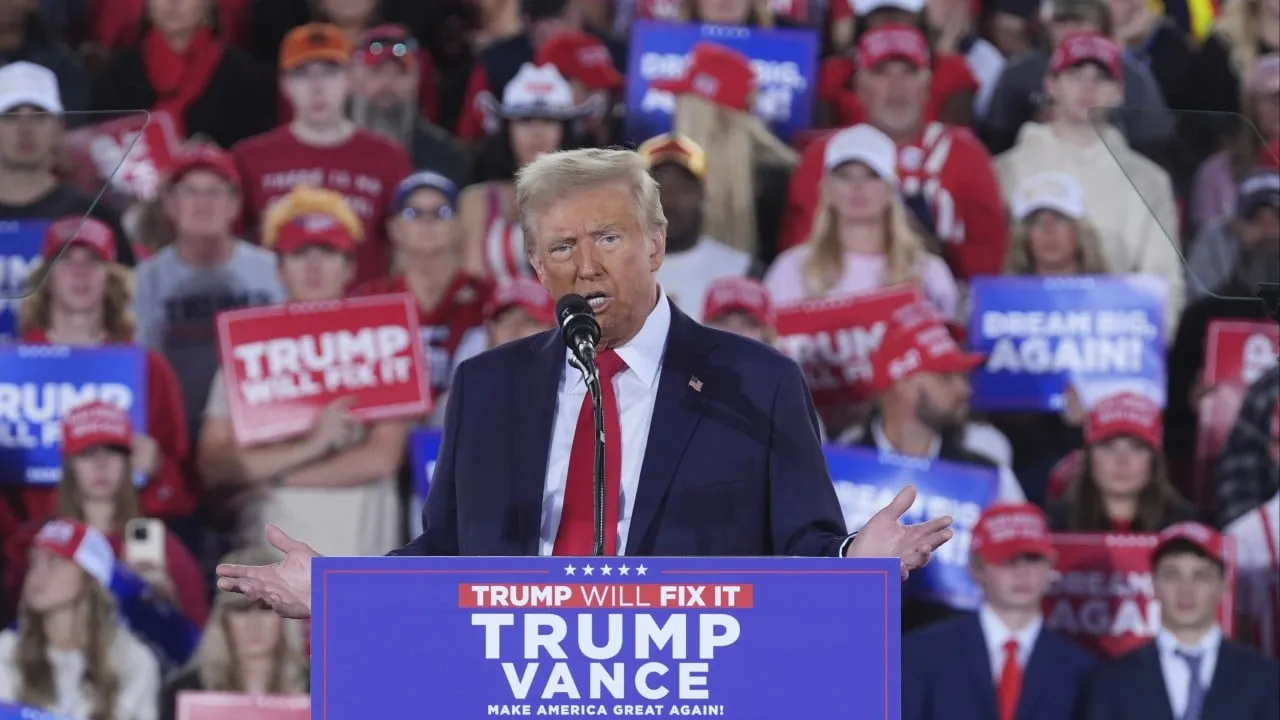China's Economic Stimulus: Key Insights into Recovery Strategies

China's Economic Recovery: The Need for Stimulus and Reform
In the wake of recent economic pressures, the China economy is at a crossroads. Economists, including Liu Shijin, emphasize the importance of both stimulus measures and structural reforms to bolster domestic factors. During a significant forum in Hainan, Shijin suggested a prospective stimulus of 10 trillion yuan to stabilize economic growth amid uncertainties.
The Role of Structural Reforms
Although stimulus is imperative in the short term, the notion of China's economic recovery hinges on long-term strategies. Liu clarified that substantial and enduring change is essential to address the demand shortage persistently plaguing the economy.
- Industry assessments indicate a rebound in manufacturing.
- Local government debt management is being revamped through local government debt swaps.
- A careful approach is being called for to prevent historical mistakes from previous stimulus packages.
Policy Perspectives
Experts, including Zhang Yansheng and Raymond Yeung of ANZ Bank, highlight the necessity of integrating reform with any stimulus strategy to ensure efficiencies and prevent adverse effects on local economies. The recent uptick in manufacturing and a cautious optimism among analysts furthers the debate on balancing fiscal measures with profound reforms.
Future Directions for China's Economy
As Beijing's National People's Congress examines legislative reforms, it signals a transitional phase critical for ensuring sustainable growth. With the potential for renewed investments and increased consumer confidence, how China manages these dual challenges will shape its economic future.
This article was prepared using information from open sources in accordance with the principles of Ethical Policy. The editorial team is not responsible for absolute accuracy, as it relies on data from the sources referenced.